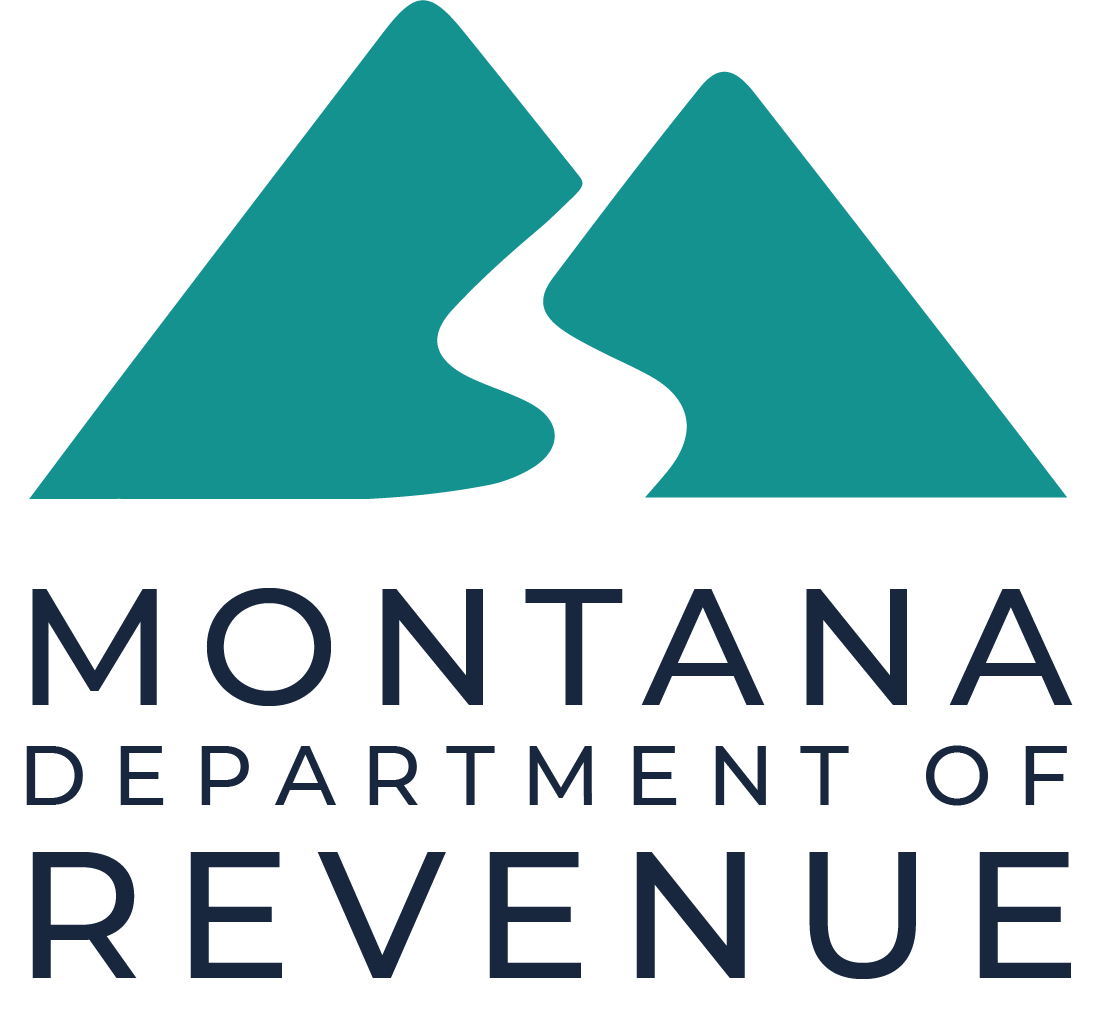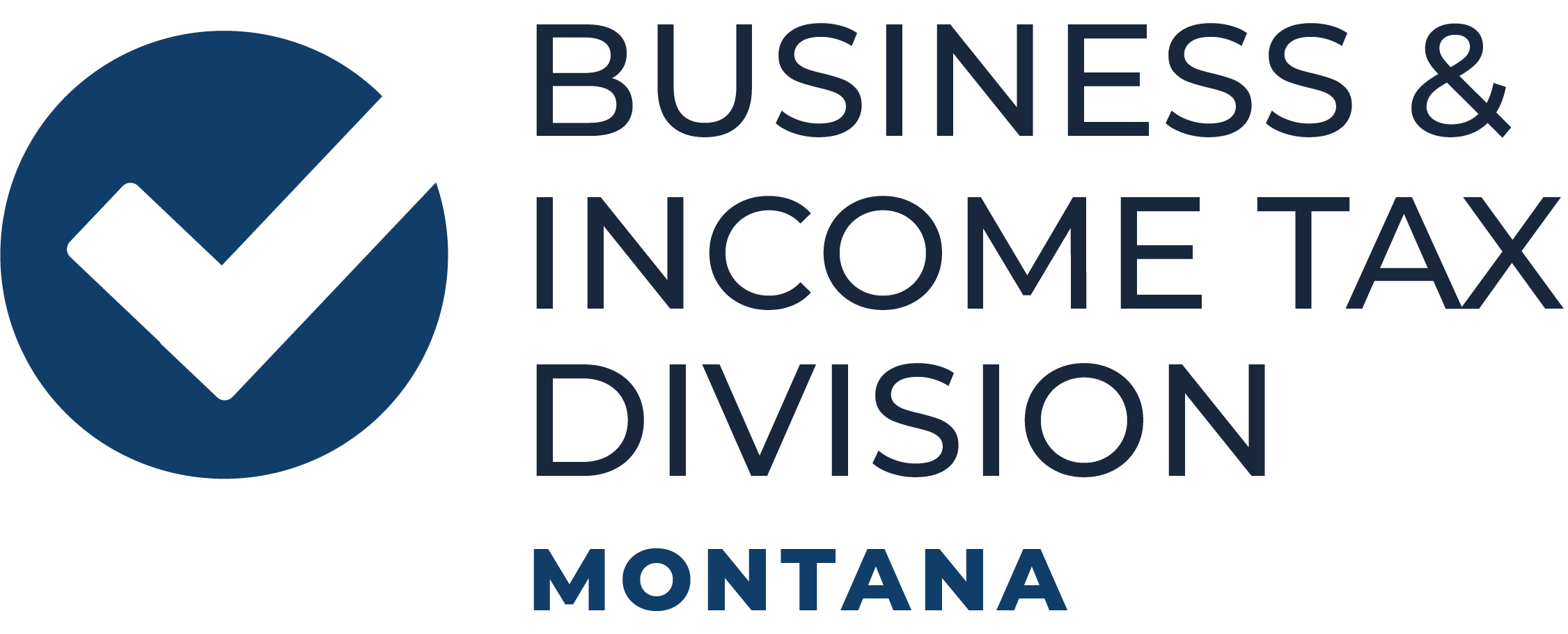What is Income Tax Simplification?
Senate Bill 399, passed during the 67th Legislature in 2021, made significant changes to Montana’s income tax system effective Tax Year 2024. Beginning in Tax Year 2024, taxpayers will see changes to filing statuses, tax brackets, and the calculation of Montana taxable income. This is a summary of those changes.
Filing Statuses
Under the new law, taxpayers must use the same filing status used on the federal tax return. These filing statuses include married filing jointly, qualifying surviving spouse, head of household, single, and married filing separately. When filing the Montana Form 2, each of these filing statuses is considered the same as the federal filing status. Married taxpayers can no longer file separately from their spouses unless they are filing separately for federal purposes. Capital losses, passive losses, and excess business losses will no longer be allocated by spouse and will be treated the same as they are for federal purposes.
Filing Requirements
The Montana tax filing requirement will follow the federal tax filing requirement after considering any Montana additions and subtractions to federal taxable income.
New Tax Brackets, Rates, and Long-Term Capital Gains Rates
Montana will have two tax brackets based on a taxpayer’s filing status and type of income. Much like the federal system, Montana will begin taxing long-term capital gains at a lower rate than ordinary income. Ordinary income is considered all taxable income that is not a net long-term capital gain. The 2024 tax tables are found here.
In 2021, the top marginal tax rate was reduced from 6.75% to 6.5% beginning with Tax Year 2024. However, the top marginal ordinary tax rate was further reduced from 6.5% to 5.9% during the 2023 Legislative Session.
Montana Taxable Income Calculation
Taxpayers will use their federal taxable income (not including the federal qualified business deduction) as the base for calculating their Montana taxable income. Montana’s current system uses the federal adjusted gross income as the base for determining Montana taxable income. With this change, items of income and deduction will no longer need to be recalculated for purposes of determining Montana taxable income. Taxable Social Security Income and net operating losses are included in Montana taxable income to the extent that they are included in federal taxable income.
New Subtractions
Taxpayers aged 65 and over will receive a $5,500 subtraction from federal taxable income.
Certain resident military retirees that receive income from working a job, owning a business, or operating a farm, as well as residents receiving military survivor benefits may subtract a portion of their benefits from taxable income. More information is here.
Repealed Deductions
Several deductions are repealed, including:
- Unemployment compensation
- Tip income for certain service industry workers
- Partial interest income deduction for taxpayers aged 65 or older
- Partial pension, annuity, and IRA deduction
- Health insurance premiums paid by an employer for an employee
- Contributions to a Montana first-time homebuyer savings account
- Deposits in a Montana farm and ranch risk management account
- Dependent child’s income included in the taxpayer’s federal adjusted gross income
- Student loan repayments for health care professionals and qualified educators
- Partial retirement disability deduction for taxpayers under age 65
- Workers’ compensation benefits
Montana First-Time Homebuyers Accounts Closed
Tax Year 2023 was the last year that a taxpayer could establish or deposit into a Montana First Time Homebuyer Account. Beginning in 2024, taxpayers may only deduct deposits or interest on deposits from contributions on the account made before January 1, 2024. Deposits must be withdrawn within 10 years of when the account was established.
Transition adjustments
A taxpayer may make an election on a timely filed (including extensions) 2024 Form 2 to reconcile the difference in the federal and Montana amounts of passive activity losses, short-term and long-term capital losses, and any differing bases. If the Montana carryover amount or basis is smaller than the federal amount, the taxpayer will make a positive adjustment to reconcile the difference. If the Montana carryover amount or basis is larger than the federal amount, the taxpayer will make a negative adjustment to reconcile the difference.
This page contains pertinent links to resources about Montana’s income tax simplification. The legislation enacting changes to Montana’s income tax passed during the 2021 Legislature in Senate Bill 399, with some updates in 2023 in Senate Bill 550.
We will update this page periodically with new information as it becomes available.
Simplification Resources
The department has revised several forms as a result of simplification and created some resources to help understand what your liability may be under the new income tax system.
Publication 1 – A Guide to Montana Tax Withholding and Estimated Payments is the Department of Revenue’s guide about paying income tax in Montana. The guide includes information on taxable income, withholding, and estimated payments.
Preparing Estimated Taxes under the New System. Taxpayers may estimate their tax liability using this calculating Excel spreadsheet to determine estimated payments. Instructions for the spreadsheet are here. Depending on your tax situation, you may use one or more of the worksheets included on the spreadsheet.
Updating Wage Withholding. We advise all wage-earning employees to review their Montana tax withholding, especially if they claimed several exemptions on their previously submitted Form MW-4. Taxpayers that are subject to wage withholding may use our Withholding Calculator. You can use this tool to determine if you are having enough taxes withheld from your paycheck or other payment.
For more information and to adjust the amount you would like withheld from your payment, please complete a new Form MW-4 and give it to your employer or payer. If you have more than one job, or are married filing jointly and you and your spouse each have one job with one earning significantly more than the other, this calculator may not accurately reflect the amount of withholding needed. We recommend using the Multiple Jobs Worksheet on Form MW-4 to determine the appropriate amount of withholding you should have withheld from each paycheck or payment.
The department has updated its withholding tax tables, found in the Montana Employer and Information Agent Guide.
Draft 2024 Form 2. A draft copy of the 2024 Form 2, along with all accompanying schedules, is available for informational purposes. Schedules have been separated from the form and are available on individual pages. Taxpayers will only file the schedules needed to complete their Form 2.
Here is a summary of the changes to the form.
FAQs
The new tax rates can be found here.
Montana no longer has a specific standard deduction. The calculation of Montana taxable income will begin with federal taxable income (less the federal qualified business income deduction). This means that if you take the federal standard deduction, it will be used to figure your Montana taxable income. If you itemize deductions on your federal return, this amount (without regard to the state income tax deduction) will be used to calculate your Montana taxable income.
Montana no longer has dependent or personal exemptions.
Yes. The deduction for unemployment compensation from federal adjusted gross income has been repealed.
Yes. Tips for taxpayers that work in the service industry are now taxable under the new law.
Under the new law, Montana no longer has specific itemized deductions. These previously included:
- 100% of medical insurance premiums
- 100% of long-term care premiums
- Up to $5,000 of federal income tax ($10,000 for joint filers)
- Political contributions (up $100 per taxpayer)
- Child and dependent care expenses claimed on Montana Form 2441-M
If you itemized your federal deductions those amounts will be included in the determination of your Montana taxable income. This amount will be adjusted to remove any state income tax deduction to the extent that it does not reduce the deduction below the allowable federal standard deduction for your filing status.
No. You must use the same filing status that you use on the federal tax return.
You must use the filing status you used on your federal tax return. If you are a resident filing jointly with a nonresident or part-year resident, you will complete the Schedule II (Tax on Montana Source Income) to determine the tax on the income you receive as a resident of Montana and any Montana source income your spouse receives.
- Unemployment compensation
- Tip income for certain service industry workers
- Partial interest income deduction for taxpayers aged 65 or older
- Partial pension, annuity, and IRA deduction
- Health insurance premiums paid by an employer for an employee
- Contributions to a Montana first-time homebuyer savings account
- Deposits in a Montana farm and ranch risk management account
- Dependent child’s income included in the taxpayer’s federal adjusted gross income
- Student loan repayments for health care professionals and qualified educators
- Partial retirement disability deduction for taxpayers under age 65
- Workers’ compensation benefits
- State income tax refunds
- Interest and mutual funds from federal bonds, notes, and obligations
- Recoveries of amounts deducted in earlier years included in federal taxable income that did not reduce Montana income tax
- Exempt tribal income
- Military salary of an active duty servicemember
- Salary of a nonresident spouse of an active duty servicemember
- Montana Medical Savings Account deposits and earnings (up to $4,500 per taxpayer in 2024)
- 529 plan deposits
- ABLE account deposits
- Business-related expenses for purchasing recycled material
- Business expenses not included in federal taxable income due to an existing federal credit taken
- Certain expenses for cannabis businesses
- Tier I and II Railroad Retirement Benefits
Yes. There are two new subtractions.
There is a standard subtraction for taxpayers 65 and older of $5,500. If filing jointly and both spouses are 65 and older, the subtraction is $11,000. This amount will be adjusted annually for inflation beginning with tax year 2025.
Certain resident military retirees that receive income from working a job, owning a business, or operating a farm, as well as residents receiving military survivor benefits may subtract a portion of their benefits from taxable income. More information is here.
Because the base for determining Montana taxable income starts with federal taxable income, those items of income that aren’t taxable for federal purposes, such as certain federal deductions for forgiveness of student loan debt, are not taxable to Montana to the extent that they are not included in federal taxable income. However, taxpayers must add back certain items of income that Montana taxes but are not taxed by the federal government. These items include:
- Interest and mutual fund dividends from state, county, or municipal bonds from other states
- Other recoveries of amounts deducted in earlier years that reduced Montana taxable income
- Taxable distributions from a Montana Medical Savings Account or a Montana first-time homebuyer savings account
- Deductions for state income tax paid that are included in federal taxable income
- Expenses used to claim a Montana income tax credit
- Farm and ranch risk management account distributions
- Title plant amortization or depreciation
- Taxes paid by an S corporation
No. It’s been replaced with the new net long-term capital gains tax rate. Rates are here.
No. After January 1, 2024, net operating losses are included in Montana taxable income to the extent they are included in federal taxable income. Taxpayers will no longer recompute the federal NOL for Montana specific additions or deductions.
Yes. You make a positive or negative adjustment to federal taxable income to align the Montana amount to the federal amount on the 2024 Transition Schedule. This is a one-time election that must be made by the due date (including extensions) for the Form 2.
Important Links
- Form MW-4
- Withholding Calculator
- Montana Employer and Information Agent Guide
- Publication 1
- Estimated Payment Worksheets and instructions
- Webinars
- 2024 Tax Tables
- Draft Form 2 and Overview
- Form 2 Transition Schedule
- Schedule I – Montana Adjustments
- Schedule II – Tax on Montana Source Income
- Schedule III – Tax Credits
- Schedule IV – Contributions, Penalties, Interest, and Other Taxes
- Schedule V – Amended Return Information
- Schedule 2EC – Montana Elderly Homeowner/Renter Credit


